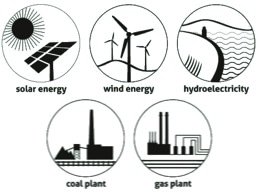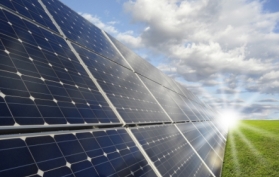Children often do not know which resources are renewable and nonrenewable.
Use this activity to learn what these terms mean and discover why sustainable use of natural resources is so important.
Background
Natural resources are the raw materials used for housing, clothing, transporting, heating, cooking, and so on. They include the air we breathe, the water we drink, the land we farm, and the space we use for living and recreation.
We can organize them into two categories: renewable and nonrenewable resources.
Renewable resources are naturally occurring raw materials – or forms of energy – which can be replenished through ecological cycles and/ or sustainable management practices. Examples include the sun, wind, falling water, and trees.
Nonrenewable resources are those raw materials supplied by the Earth and its processes that exist in finite, or limited, amounts. Once used, they cannot be replaced. Examples include oil, gas, and coal.
Doing The Activity
Review the vocabulary terms, renewable and non renewable, by first having children try to come up with their own definitions.
Then together, try to categorize the resources below as either renewable (R) or nonrenewable (N):
 Corn _________
Corn _________
Oil ___________
Coal __________
Sunshine _______
Tides __________
Trees __________
Tuna __________
Gold __________
Geothermal/Hot springs _________
Sand _________
Wind _________
Water ________
To apply this knowledge, go for a short walk outside; consider a walk around the neighborhood or even a visit to your own backyard.
- List as many items as you can that are made from renewable natural resources.
- Make a separate list of all the items made from nonrenewable natural resources.
- Use the chart in the sidebar (you can find it on the downloadable activity page) to record your findings.
Looking at your 2 lists, answer the following:
- What renewable resources could be used to replace nonrenewable ones?
- What advantages and disadvantages might there be for using renewable resources in place of nonrenewable ones?
- Under what circumstances, if any, would a renewable resource not be renewable?
Download this Activity
Descarga la actividad en español
Get the Full Activity
This family activity is adapted from Project Learning Tree’s PreK-8 Environmental Education Activity Guide which can be obtained through an in-person professional development workshop or online course.
All PLT activities are copyright protected. Please remember to reproduce responsibly.
Click here for our Content Reprint and Adaptation Policy.



